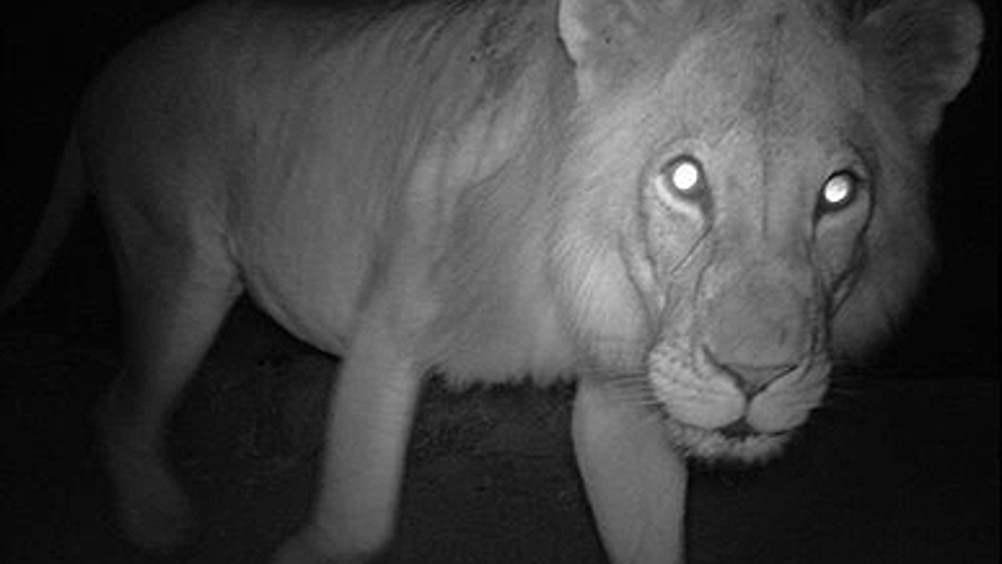Cambridge conservation cam helps combat poaching

Cambridge Consultants has developed a robust satellite-connected camera designed to help combat poachers and assist in the identification of rare wild animals.
The new camera has been developed as part of the Instant Wild project, a Zoological Society of London (ZSL) initiative that relays images taken in the wild to users of a mobile phone app who can then help field workers identify the images.
‘Through that method [Instant Wild] they were able to identify animals that had previously not been seen,’ said Richard Traherne, head of wireless at Cambridge Consultants. ‘A mountain mouse deer in Sri Lanka was the first one.’
Once deployed, the system has to withstand the vigour of extreme weather conditions, avoid drawing attention to itself, and remain operational for an extended period of time.
Traherne explained that ZSL approached Cambridge Components with a brief to extend the system’s capabilities and make it flexible enough for future modifications.
In use, a cluster of cameras transmit images back to a central node (located 100m away) at 858Mhz, an unlicensed band that Traherne explained gives reasonably low frequency to get good penetration into jungle or vegetation.
Register now to continue reading
Thanks for visiting The Engineer. You’ve now reached your monthly limit of news stories. Register for free to unlock unlimited access to all of our news coverage, as well as premium content including opinion, in-depth features and special reports.
Benefits of registering
-
In-depth insights and coverage of key emerging trends
-
Unrestricted access to special reports throughout the year
-
Daily technology news delivered straight to your inbox










INWED Engineering Profile: Naval Architect Ellie Driver
Not a woman I´d want to cross … oh, that was Elle Driver